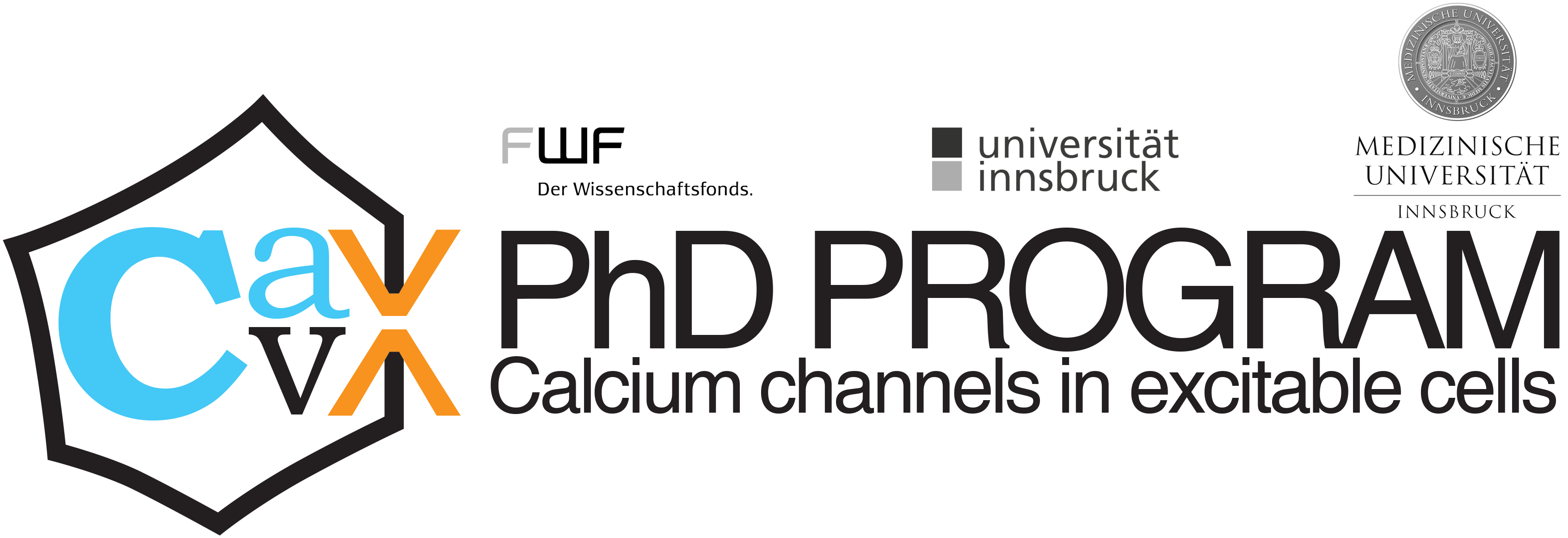// WIETSKE TUINTE
Campiglio Research Group
Institute of Physiology,
Medical University of Innsbruck
// INFORMATION
Nationality: Dutch
Education: MSc in Neuroscience at the University of Amsterdam
E-Mail: wietske.tuinte@i-med.ac.at
Supervisor: Marta Campiglio, PhD
// PROJECT
The adaptor protein STAC3, previously identified as an essential component of the EC coupling machinery, was reported to have three distinct functions. (1) It facilitates the membrane expression of CaV1.1. (2) It is crucial for the function of CaV1.1 as a voltage sensor and as a calcium channel. (3) It is essential for the conformational coupling between CaV1.1 and the RyR1. We and others have previously identified two distinct interactions that STAC3 establishes with CaV1.1, one between the SH3-1 domain of STAC3 and the II-III loop of Cav1.1, and one between the C1-linker region of STAC3 and the proximal C-terminus of CaV1.1. However, which of these interactions is responsible for each function is still elusive.
Using the CRISPR/Cas9 method, we generated a double STAC3/CaV1.1 KO skeletal muscle cell line. As previously reported in mouse KO myotubes, in the newly generated cell line CaV1.1 currents are negligible and EC coupling fails unless STAC3 expression is rescued.
In order to determine which CaV1.1/STAC3 interaction is responsible for each function of STAC3, we are going to reconstitute STAC3 KO myotubes with STAC3 fragments that contain the domain responsible for that particular interaction.
Methods: Site-directed mutagenesis, skeletal muscle culture, whole cell patch clamp and photometric measurements of intracellular calcium, immunofluorescent stainings
// INTERNAL COLLABORATIONS
// EXTERNAL COLLABORATIONS
Filip Van Petegem, UBC
